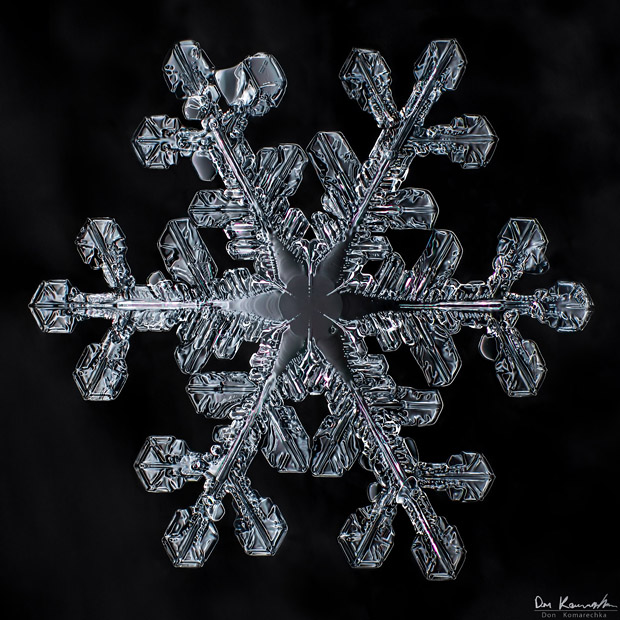Earlier this year the Chicago Sun-Times made national headlines when it purged its photo staff and replaced them with iPhone-wielding reporters.To track what many suspected would be a decline in the paper’s visual coverage, Chicago freelance photographer Taylor Glascock started a Tumblr that compares the Sun-Times’ photography with that of its competitor the Chicago Tribune, which still uses staff photographers.
“I think that you can’t just assume that if you give [reporters] a camera they will come out with the same result as someone who is trained,” says Glascock. “If photographers had to write all the stories it wouldn’t be pretty either.”
For about a month now, Glascock has been watching the way both papers cover the same story. Sometimes she posts side-by-side screenshots from the papers’ websites. Other times she posts side-by-side comparisons of the papers’ front pages.

























